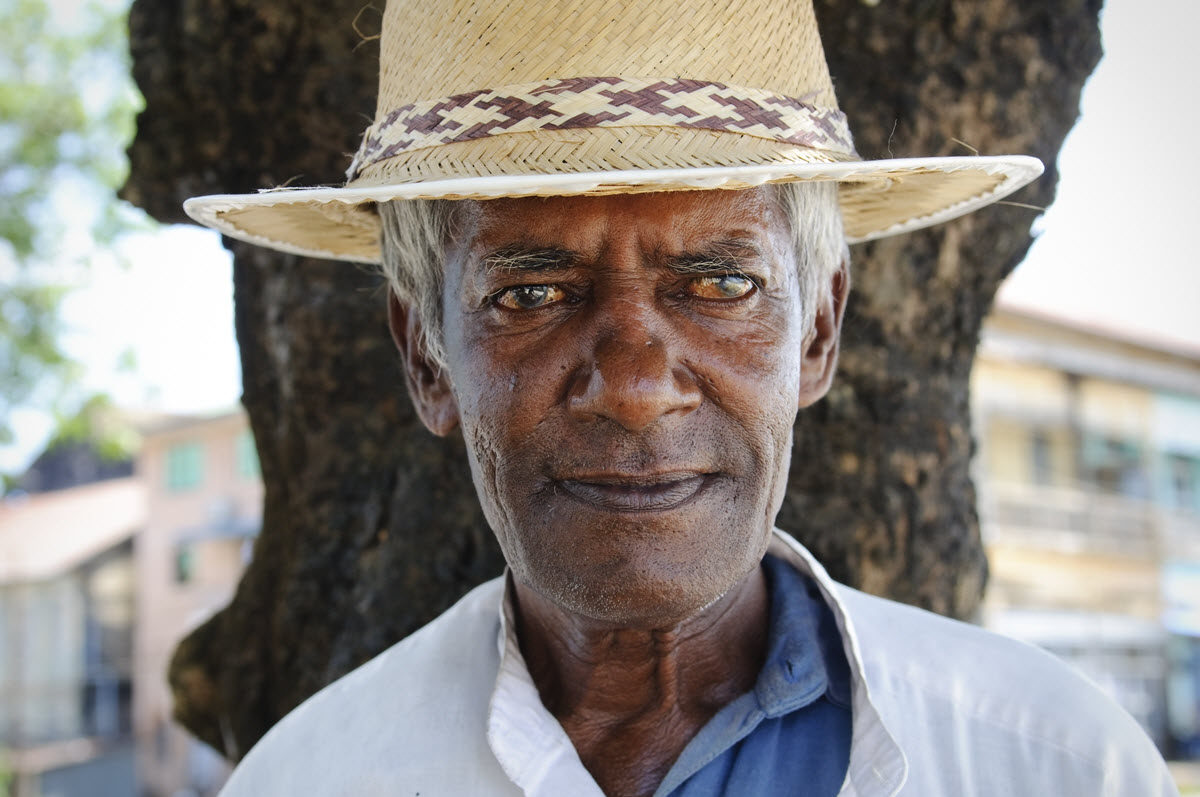How Do We End Preventable Blindness?
Thursday, October 12 marks World Sight Day – an international event aimed at building awareness about avoidable blindness and vision impairment. Across the globe, about 285 million people are visually impaired or blind. The majority of these cases are preventable.
According to The World Health Organization (WHO), global estimates of visual impairments have decreased since the 1990s. This is largely contributed to factors such as increased public health actions and availability of eye care services. However, this trend isn’t expected to continue. Because of growth of the overall global population, the growth of the aging population (the group with the highest percentage of visual impairments) and an increased life expectancy, experts predict the number of people with visual impairments is set to triple in the next few decades.
In a report by Lacent Global Health, experts predict that cases will grow from 36 million to 115 million by 2050 if treatments are not improved and better funded. The study identified investments in intervening treatments, such as cataract surgery and access to vision-correcting glasses.
In an interview with the BBC, the study’s lead author, Prof. Rupert Bourne commented on the need for increased investment in vision care. He stated, “Interventions provide some of the largest returns on investments… they are cheap, require little infrastructure and countries recover their costs as people enter back into the workforce.”
Things such as cost and infrastructure are key concerns for both countries and aid organizations when addressing problem of global blindness. 90 percent of the world’s blind live in the poorest countries with limited access to health care services. But, echoing Bourne’s statement, investing in preventive measures may be an answer for countries with limited resources. Interventive surgeries or treatments that address vision problems early may decrease the need for further treatment. This may not only reduce the cost of care, but also significantly increase a patient’s quality of life.

Getting Involved in the Global Effort to Combat preventable blindness
As the sponsor of World Sight Day, The International Agency for the Prevention of Blindness (IAPB) leads the way organizing international efforts in blindness prevention activities. Many other nonprofit organizations exist to help advocate and assist in bringing vision care to those who need it most.
Sight Savers – A global organization, Sightsavers works in more than 30 countries to help stop preventable blindness. They partner with governmental and non-governmental organizations to help distribute treatments, surgeries and eye examinations. On average, 4.59 treatments are distributed by Sight Savers optometrists every second.
Combat Blindness International – Based out of Madison, Wisconsin, Combat Blindness International’s mission is to help individuals through sight restoring surgery and other preventive measures. They use sustainable solutions and work with local centers providing tools and resources to help bring better care to the areas of the world that need it most.
Prevent Blindness – Founded in 1908, Prevent Blindness is the nation’s leading volunteer eye health and safety organization dedicated to fighting blindness and saving sight. The organization focuses on education to support American’s access to vision services and research to advance eye care technologies.
Learn more about World Sight Day and ways you can get involved
More Facts about Avoidable Blindness and Visual Impairments
- 80% of blindness is preventable (Source)
- Just 1% of the blind population is born without sight. The vast majority of blind people lose their vision later in life because of macular degeneration, glaucoma and diabetes (Source)
- An estimated 253 million people live with vision impairment. 36 million are blind and 217 million have moderate to severe vision impairment (Source)
- Recent estimates indicate that biggest global causes of moderate to severe vision impairment are uncorrected refractive errors (Source)
- 81% of all people who are blind or have moderate to severe vision impairment are aged 50 years and above (Source)
- Approximately 8.2 million Americans with vision loss are poor or near poor (Source)
- A Gallup poll shows that blindness is the third most feared physical condition in our nation, surpassed only by fears of cancer and AIDS.
- Cataracts & Visual Impairments are the #1 causes of sight loss today, but in 10 years experts predict that it will be Diabetes. (Source)
Read more
 Helping People Enjoy A Lifetime Of Healthy Eyes
Helping People Enjoy A Lifetime Of Healthy Eyes
When helping people choose eyewear, you can provide a valuable added service by encouraging them to take proper care of their eyes — and the eyes of their children and other family members — for a lifetime of good vision. Read more…

